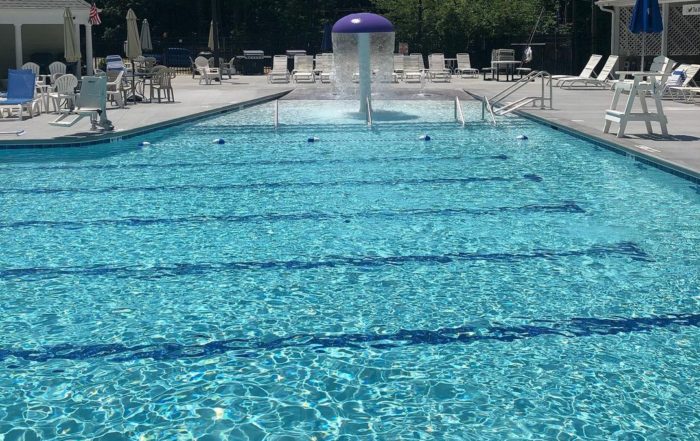TOTAL DISSOLVED SOLIDS

Total Dissolved Solids
This topic is about something I unfortunately know way too much about! TDS, otherwise known as Total Dissolved Solids.
About three years after putting a pool in our backyard, we started having problems keeping a consistent level of chlorine in the pool. We would add bag after bag of pool shock, but each time we tested the pool water the chlorine reading would be non-existent.
We called our pool company, and they would come out and add more chlorine, but still nothing. Finally, someone thought to test the TDS level in the pool. It was at 5000 ppm!
What is TDS and When is it a Problem?
TDS, or Total Dissolved Solids, is the measure of the sum of all the substances dissolved in your pool water. Everything you add to the water increases its TDS, including chlorine, shock, water balancers such as pH increaser or reducer, algaecide, clarifiers, etc. Even swimming in your pool adds to your TDS level, with sweat, hairspray, deodorant, perfume and other substances coming off the bodies of swimmers. And everything that blows in on the wind or washes in from the rain also contributes to your TDS level.
What TDS level is OK for Pools?
Ideally, your TDS level should be under 2000 ppm. When it gets higher than this it can decrease the effectiveness of chlorine while also causing skin and eye irritation to swimmers and metal corrosion of your pool equipment. Cloudy water and scaly deposits occur more easily.
When your TDS level gets too high, you may notice an unpleasant salty taste to your pool water. This is because many of the chemicals that we use for pool maintenance contain sodium – water balancers such as sodium carbonate, sodium bicarbonate, sodium bisulfate and liquid chlorine shock (sodium hypochlorite).
How to Fix TDS Problems in Pools
Sad to say, there is no miracle product that will remove TDS from your pool water. The easiest way to lower your pool’s TDS level is to drain and refill it with fresh water, either partially or completely, depending on how high the level has become.
“Can’t I just run my filter longer to remove TDS?” No, pool filters remove suspended particles in your pool water, but they won’t remove dissolved materials. There are pool water recycling companies in some areas which can pump all of your pool water through a reverse osmosis filter, returning it to the pool with solids removed.
“Won’t evaporation help reduce my TDS?” Actually, when water evaporates this increases the dissolved solids, until replacement water is added that is. Periodically adding fresh water to your pool will help keep your TDS level in check.
Backwashing your filter uses water from your pool which will then have to be replaced with fresh water. Splash out also causes a need for fresh water to be added to your pool. If you have a lot of kids playing in the pool, having water fights and splashing the adults, next thing you know you’re dragging the hose over to put in some more water.
At the end of the season when it’s time to close the pool, most people drop the water level of their pool so that it’s below the skimmer. The following season you add fresh water to bring the level back up.
Signs of a High TDS level in Pools
Frequent cloudy water problems
Scale and stains on tile and plaster
Trouble keeping chlorine level
Salty taste to water
How to Test for High TDS
safedip-digital-tester-smTo check if you have a problem with high TDS in your pool (2000 ppm or more) you can test the water with an TDS test meter (very accurate) or a TDS test strip (less accurate).
~ If your pool has frequent bouts of algae, cloudy water or trouble keeping a chlorine level, you may have too many dissolved solids in the water. TDS can build up in 3-5 years on pools that don’t add much replacement water, such as indoor pools, covered pools, or pools in arid regions.

